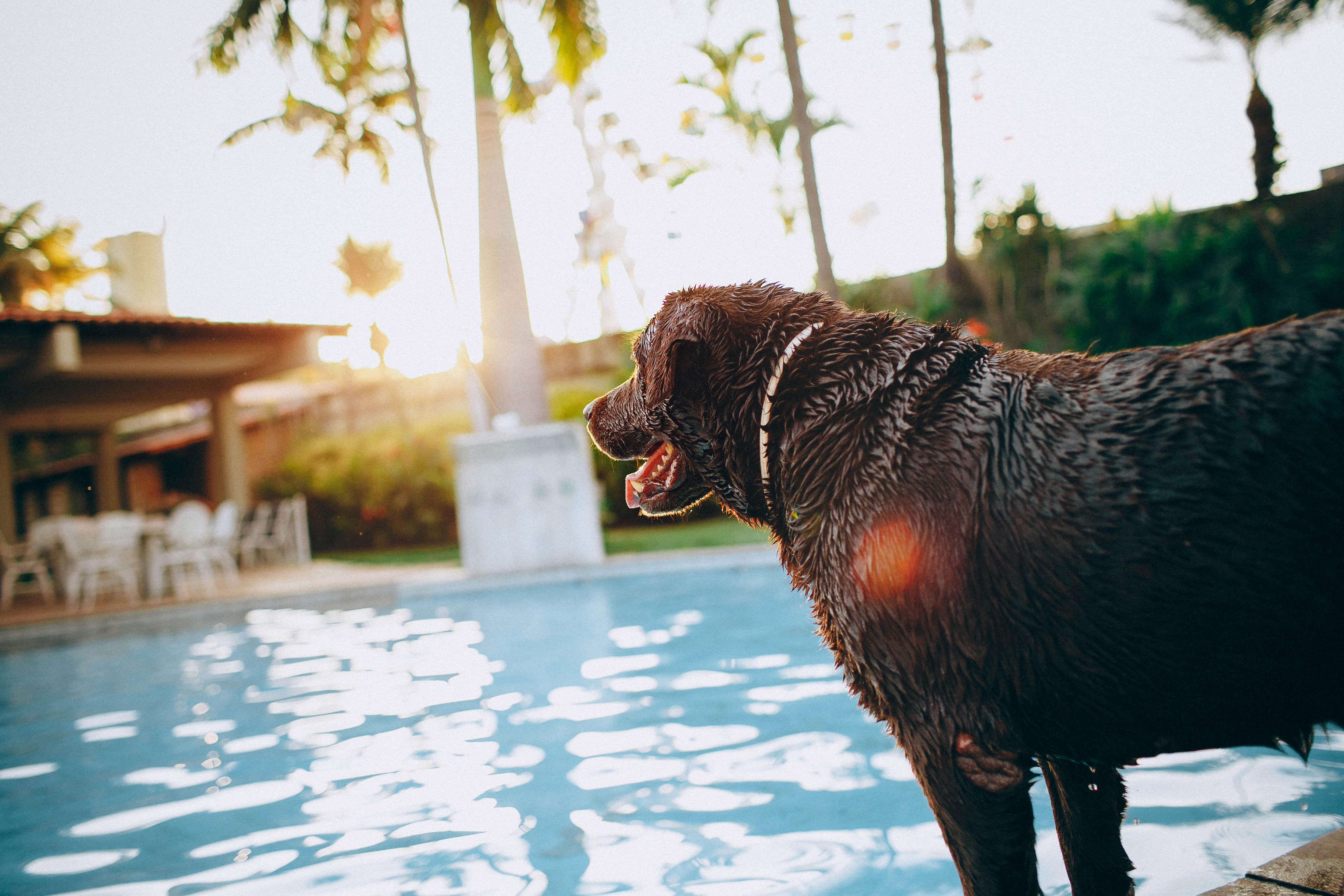Pet Insurance Explained: Types, Exclusions, and Money-Saving Tips

Pet Insurance Explained: Types, Exclusions, and Money-Saving Tips (For Cats & Dogs)
Thinking about getting insurance for your cat or dog but feeling overwhelmed by jargon and fine print?
This guide breaks down what you need to know: coverage types, common exclusions, pre-existing condition rules, waiting periods, behavioral therapy coverage, how to choose deductibles and reimbursement rates, the best time to buy, and even end-of-life cost considerations.
TL;DR
- Common Types : Accident-only, comprehensive (accident + illness), wellness plans (routine care).
- Common Exclusions : Pre-existing conditions, breeding/pregnancy, intentional harm, cosmetic surgery, grooming/boarding.
- Key Clauses : Waiting periods are common; pre-existing conditions are usually excluded (some may be covered after 6–12 months).
- How to Save : Compare quotes, choose a higher deductible, adjust reimbursement rate (70–90% is typical), insure early.
- Price Range : Dogs $35–$70/month, cats $20–$35/month (varies by breed/age/location).
- Before You Buy : Check annual payout limits, deductible, reimbursement %, waiting period, and pre-existing condition definitions.
Types of Pet Insurance
1. Accident-Only
Covers injuries from accidents such as falls, bites from other animals, or broken bones.
Best for : Owners on a budget who mainly want coverage for emergencies.
2. Comprehensive (Accident & Illness)
Covers accidents and illnesses, often including:
- Vet visits and hospitalization
- Breed-specific hereditary conditions
- Diagnostic tests (imaging, lab work)
- Prescription medications
- Certain dental issues
- Behavioral issues
- Chronic illnesses (e.g., allergies, arthritis) and serious diseases (e.g., cancer)
Best for : Those seeking broad protection from both accidents and diseases.
3. Wellness Plans
Focus on preventive care such as exams, vaccinations, flea/tick prevention, and dental cleanings.
Best for : Owners who want to budget for predictable annual health costs.
Common Exclusions
- Pre-existing Conditions : Most policies don’t cover illnesses or injuries that occurred before coverage. Some will cover “curable” conditions after 6–12 months symptom-free.
- Breeding or Pregnancy
- Intentional Harm by household members
- Cosmetic or Elective Procedures
- Grooming and Boarding
Tip: Each insurer defines “pre-existing” differently. Your pet’s medical history and vet records matter.
Waiting Periods & Pre-existing Conditions
- Waiting Period : A set number of days after policy activation during which claims aren’t paid. Accident and illness waiting periods may differ.
- Pre-existing Conditions : Illnesses present before the policy or during the waiting period are usually excluded. Some insurers re-cover certain conditions if your pet is symptom-free for a set time.
Behavioral Therapy Coverage
Behavioral therapy is different from obedience training. It must be provided by a certified animal behaviorist approved by the insurer.
Coverage varies by provider and may have strict limitations. If you think your pet needs it, check before buying .
How to Save on Pet Insurance
1. Compare Multiple Quotes
Premiums for the same coverage can vary widely. Compare 3–5 providers using the same deductible, reimbursement rate, and annual limit.
2. Choose a Higher Deductible
The more you pay out-of-pocket before insurance kicks in, the lower your premium. Common deductibles range from $100 to $1,000 .
3. Adjust Your Reimbursement Rate
Policies typically reimburse 70–90% of covered costs (some offer 50% or 100%).
- Lower rate → lower monthly premium
- Higher rate → more coverage per claim
4. Insure Early
Younger, healthier pets are cheaper to insure. Rates usually rise each year, and older pets may face limited coverage options.
Price Ranges & Factors
- Dogs : ~$35–$70/month
- Cats : ~$20–$35/month
- Factors : Breed (purebreds often cost more), age, location, coverage level, and add-ons like wellness plans.
End-of-Life Costs
Policies may or may not cover euthanasia, cremation, or burial . If this matters to you, check the fine print.
10-Point Pre-Purchase Checklist
- Coverage Type : Accident-only / Comprehensive / Wellness
- Waiting Periods : Separate for accident vs illness
- Pre-existing Condition Rules
- Annual Payout Limit : $10k / $100k / Unlimited
- Deductible : Per year / per condition? Amount?
- Reimbursement Rate : 70% / 80% / 90%
- Special Coverage : Behavior, dental, prescriptions, breed-specific
- Wellness Plan : Worth the cost for your needs?
- Direct Pay : Will insurer pay vet directly or must you pay upfront?
- Renewal & Rate Increases : How does age affect pricing?
Common Mistakes to Avoid
- Focusing only on monthly cost and ignoring limits/deductibles.
- Overlooking waiting periods , leading to denied early claims.
- Assuming wellness plans save money without calculating actual usage.
- Assuming behavioral coverage is included.
Glossary
- Deductible : Amount you pay before insurance starts covering costs.
- Reimbursement Rate : % of covered costs you get back after deductible.
- Annual Limit : Max payout in a year.
- Waiting Period : Time from policy start until coverage kicks in.
- Pre-existing Condition : Illness/injury before coverage or during waiting period.
Quick Setup Example
- Decide main concern: Accident risk vs illness costs .
- Choose coverage type:
- Accident-only + higher deductible for budget
- Comprehensive with 80% reimbursement for broader coverage
- Get quotes from 3–5 insurers with the same deductible/reimbursement/limit.
- Pick a monthly cost you can sustain long-term.
- Double-check: pre-existing rules, waiting periods, behavior/dental coverage, direct pay options.
Final Thoughts
Pet insurance turns unpredictable vet bills into manageable monthly costs.
By understanding coverage types, exclusions, and cost-saving strategies, you can find a plan that protects your pet and your wallet.
Note: Policies vary and may change over time. Always review a sample policy document before purchase.




